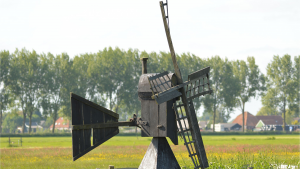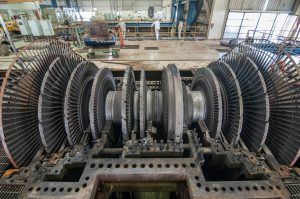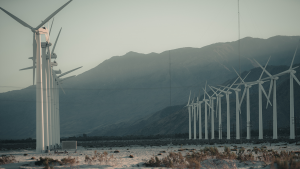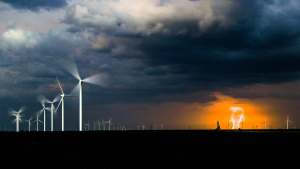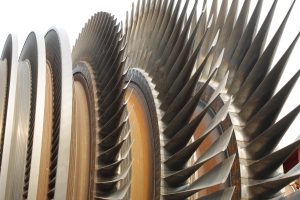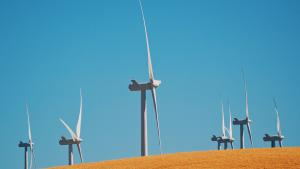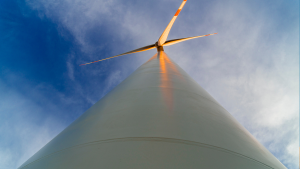The Darrieus wind turbines was patented in the United States by G. J. M. Darrieus in 1931. It was reinvented by engineers with the National Research Council of Canada in the early 1970’s. Sandia Laboratories built a 5 m diameter Darrieus in 1974, and has been strongly involved with further research on the Darrieus turbine since that time.…
Category: Turbines
All steam turbines can be classified into two categories; extraction (condensing) steam turbine and non-condensing steam turbine also known as back pressure steam turbines. Both of these steam turbine types have their own operating schemes and benefits which are described here in detail. Extraction Steam Turbine Figure 1: Extraction (condensing) steam turbine The extraction turbine…
Horizontal-axis wind turbines (HAWT) have the main rotor shaft and electrical generator at the top of a tower, and may be pointed into or out of the wind. Small turbines are pointed by a simple wind vane, while large turbines generally use a wind sensor coupled with a servo motor. Most have a gearbox, which turns the…
We know that there is enough wind globally to satisfy much, or even most, of humanity’s energy requirements – if it could be harvested effectively and on a large enough scale. Vertical axis wind turbines (VAWTs), which may be as efficient as current horizontal axis systems, might be , simpler and significantly cheaper to build and maintain…
De Laval, Parsons and Curtis developed the concept for the steam turbine in the 1880s. Modern steam turbines use essentially the same concept but many detailed improvements have been made in the intervening years mainly to improve turbine efficiency. Steam turbines are used in all of our major coal fired power stations to drive the generators or alternators, which produce electricity.…
(Reuters) – The world will have enough wind turbines to generate more than 300 gigawatts of power – the equivalent of 114 nuclear power plants – by the end of the year, industry figures show. As Brazil, China, Mexico and South Africa add turbines, the figure represents modest growth compared with a year ago, when the overall total capacity was just over 280 gigawatts. “Worldwide installed…
There are two types of wind turbines. One is Vertical axis wind turbines and the other is horizontal axis wind turbines. We know that there is enough wind globally to satisfy much, or even most, of humanity’s energy requirements – if it could be harvested effectively and on a large enough scale. Vertical Axis Wind Turbines Vertical axis wind turbines(VAWTs), which may be…
What is Wind? Wind is simply air in motion. It is caused by the uneven heating of the earth’s surface by radiant energy from the sun. Since the earth’s surface is made of very different types of land and water, it absorbs the sun’s energy at different rates. Water usually does not heat or cool as quickly…
Wind energy is one of the more efficient alternatives to fossil fuel energy. Wind power gives a significant Return On Investment (ROI) since it’s free energy that also has an endless renewable power source. 59% efficiency is the BEST a conventional wind turbine can do in extracting power from the wind. Wind Power depends on: • amount of air (volume)• speed…

